Allow me to share a primary statement with you,“the kind of food you choose affects not only your plate, but also the air you breathe, the soil under your feet, and the climate of your home.” I do realize there’s a lot to digest here, but when you visit a supermarket and buy an apple from a foreign country, you’re literally purchasing more than just ‘apples.’ It’s a whole travel adventure of sorts, along with fuel expenses, and in the end, modern transportation packaging.
Likewise, choosing local merchants and suppliers means that you are choosing a local, friendlier, and far more appealing business. After all, this story does not revolve around concern or judgement. Rather, it revolves around a set of your personal decisions and how modifications in our consumption behavior can help restore the Earth we all inhabit.
What Local Food Really Means, Without the Fancy Talk
Let us not mince words: local food is food produced or processed in your area. Period. It could originate from a farm outside your town, a neighbor’s greenhouse, or even a local city resident who bakes bread. The food’s journey to you was short; it didn’t require extensive refrigeration, time zone crossings, or long road trips. The carrot in your basket might have touched soil just two days ago, not two weeks ago. This kind of relationship matters, and not just because it feels good. It matters because of what it saves—and what it protects.
How Long Food Journeys Hurt the Environment
Allow yourself to picture something. You are about to slice a tomato. It is spherical, red in color, and smooth to the touch. But where did it come from? If it was transported from overseas, then there is a chance it has been on a truck, a ship, and possibly even an airplane. All forms of transport require fuel. And that fuel has to be burnt, which gives off gases, mainly carbon dioxide.
You are already familiar with the term “climate change.” This is part of that narrative. When the food you buy has an extensive geography to cover, that emits pollutants into the environment alongside costing money. Picture that same tomato being grown in a farm less than an hour’s drive away from the city. It will either be transported in a van or brought in personally. That is a huge difference. You are actually saving fuel. You are making a difference with your diet.
Local Food Doesn’t Need All That Packaging
You may have noticed the the same things: the vegetables cocooned in bright plastic, the apples glued to foam containers, and the sleeves of bags encasing lettuce. What is it about all this strapping? Wrapping aids in protecting the food’s aesthetic and quality during transport around the globe. It is critical for food to withstand looking pleasant and fresh after traveling thousands of miles.
Because of this, businesses place ‘protective’ wrappers around their goods which prevents spoilage and enables stacking. But here’s the catch: that packaging is disposed of most of the time. It fills up landfills, clogs waterways, and disintegrates into endless scraps. Consider buying tomatoes from a nearby farm market instead. No plastic used; only a reusable bag or maybe a basket. This causes less clutter. Less waste. And less burden on the ecosystem.
Local Farms Often Treat the Land With More Care
There is something you might have missed, but it actually exists. Small regional farms, as an example, put more effort into taking care of the environment when growing crops for sale. They usually don’t spray their land with industrial grade fuels and chemicals, nor do they use massive machines to cultivate the land. Rather, they work on smaller sections of land.
These farmers understand their land and the patterns of climate, and adjust their nurturing techniques to ensure the regions give back enduringly. Not every local farm is without fault, however. Many do strive to manage their farm resources without seeing them drained and poisoned. When purchasing foods from such farms, it is more than just buying food. There is an investment in the future soil, safe water, and growth potential for thriving ecosystems.
Why Protecting Local Farms Matters for the Land
Now let me tie all of this together. A farmer possesses land, and if people stop purchasing their food, they might have no choice but to sell that land. Who purchases it? Perhaps a developer. Or maybe someone who wishes to construct additional stores or roads. Bit by bit, farmland diminishes. Trees are cut down, soil is scraped, and the area that was once fertile life is now concrete. But your support allows that farmer to sustain living which allows him to keep planting for the crops. That land remains vibrant. It absorbs rain, offers shelter to birds, and anchors roots instead of asphalt. Your remarkable effort – buying local – sustains open, green, and good land.
Seasonal Eating Saves a Lot of Energy
Have you ever thought about how strawberries are available in the winter? Most places do not grow strawberries during winter; they are either flown into the area or grown in heated buildings. The use of these facilities requires a copious amount of electricity, which results in burning fossil fuels. Contemplating on their seasonal availability, just imagine spring and summer where you have access to greens and berries respectively. Adapting to nature’s imposed rhythm, instead of a strict rule, can lead to saving energy. Nature is self-sustaining and eating in season helps in tapping into that benefit quietly.
Small Farms Grow More Kinds of Food—and That Helps
Large farms tend to cultivate monocultures, such as a specific type of corn or wheat. Such practices might seem to be productive, but they are often quite hazardous. If there is a pest problem or the weather changes, the entire crop can easily perish.
That is why local farmers tend to do things differently. They practice crop diversification by growing tomatoes, beans, and herbs, and even squash on the same piece of land. This diversity acts as a form of risk mitigation. It is beneficial for the soil. It attracts bees and other insects that aid in pollination and pest control. It restores ecological equilibrium. And when one dines from these farms, one’s plate symbolizes that balance. It is more than delicious. It is nutritious.
Local Food Spoils Less, Wastes Less
Consider this: have you ever tossed a soft tomato? You are not the only one as a large amount of food is wasted before it is consumed. But what causes this? There are many reasons, but one key concern is distance. Perishable products that are stored in boxes and relocated via trucks for weeks on end arrive at their destination in an unfit condition even if they appear alright. Local food does not have that concern as it ripe food is picked in a timely manner which also leads to lowering food waste and associated odors. That is a positive sign for you, your trash can, and your morality. All in all, this helps promote healthier lifestyles on multiple fronts.
What You Can Do Now—Without Changing Everything
I know not everyone has a farmer’s market located close to them. I know that not everyone has access to local food, and that it’s not easy or affordable in many cases. But try to ask your grocer or supermarket where their inventory is sourced from. Opt for their local apples as opposed to the imported apples when you have the chance. Perhaps even grow mint in a pot at home. The goal isn’t to achieve perfection, it is making progress. The small steps still count. If you do care about the cause, you have taken the first step. And every dollar spent locally will help create a gentler, kinder, more holistic future.
Why Your Food Choices Really Do Matter
Making this choice means being just one out of many working hand-in-hand towards a cleaner and diverse world that can foster life in all walks, shapes and sizes. In fact, your grocery cart is more impactful than you might think. So long as they have access to food and a little bit of spending money, anybody can make an impact on the air, cattle, rivers and even local farmers. It does not take a lot of shifts by any means, simply caring a little more each week is all you need to do in order to build alongside everyone that switches to local grocery shopping.
Conclusion
And here we are, you and I, standing at the end of what is meant to be a rather straightforward journey. There isn’t much here in the form of flashy terminology or grandiose catchphrases, but instead real food, real locations, and real agency at your fingertips – local power. Supporting local isn’t only a fad movement these days, it is compassionate and wise.
Each and every choice we make does not have to be perfect, but it can always be improved. Improved for the air we breathe, the land we inhabit, and for our future. The next time you find yourself standing in front of that shelf, I invite you to pause, take a breath and think: “Where did this come from?” Perhaps go for the option that feels closer to home. Because me? I will be rooting for you.

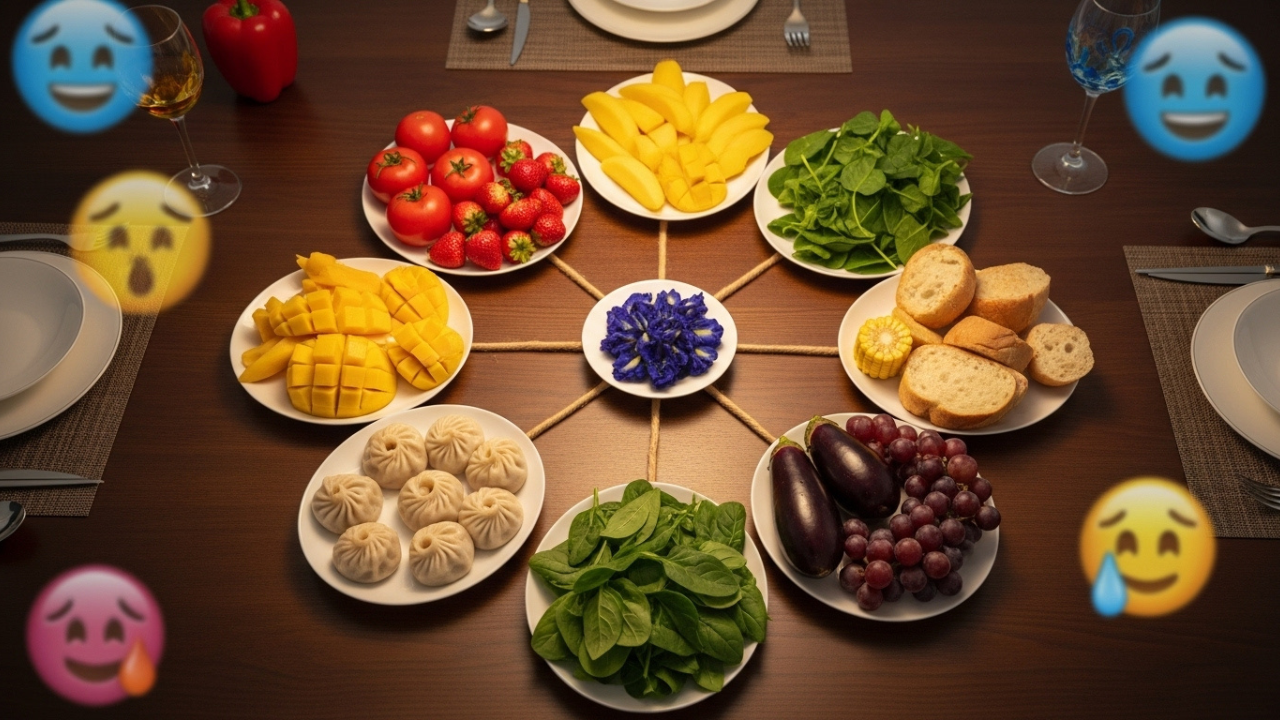



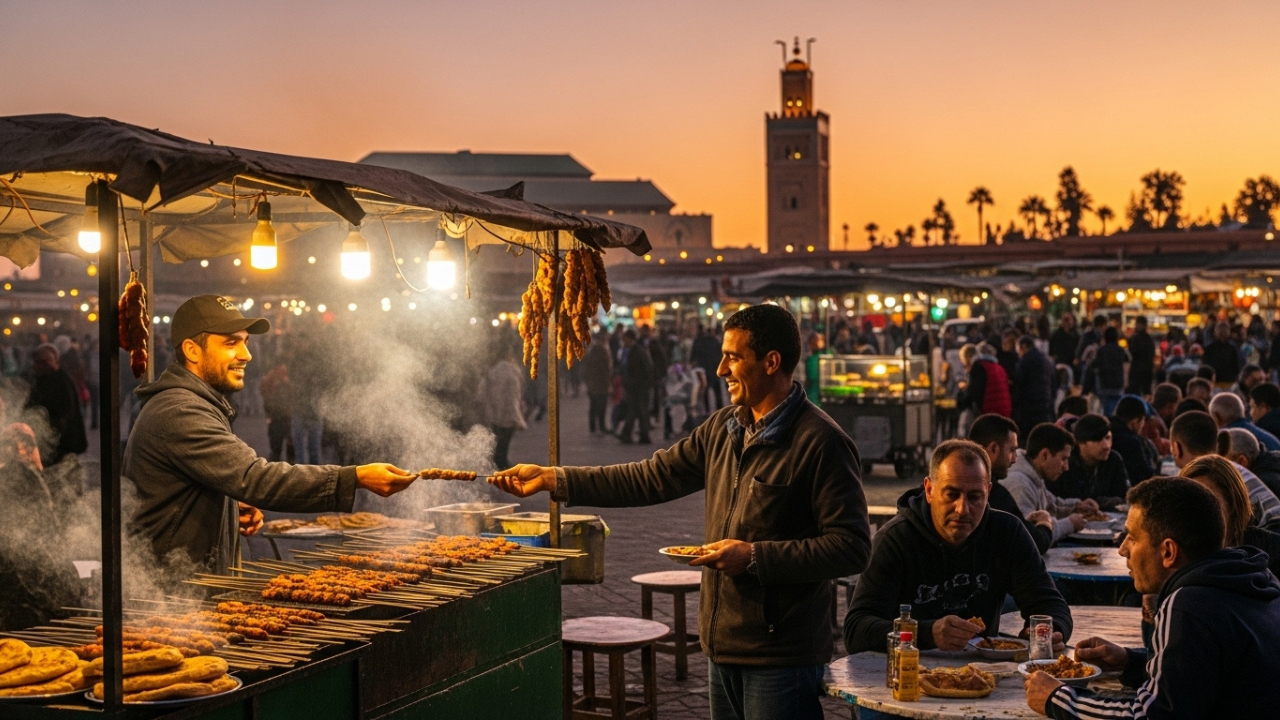


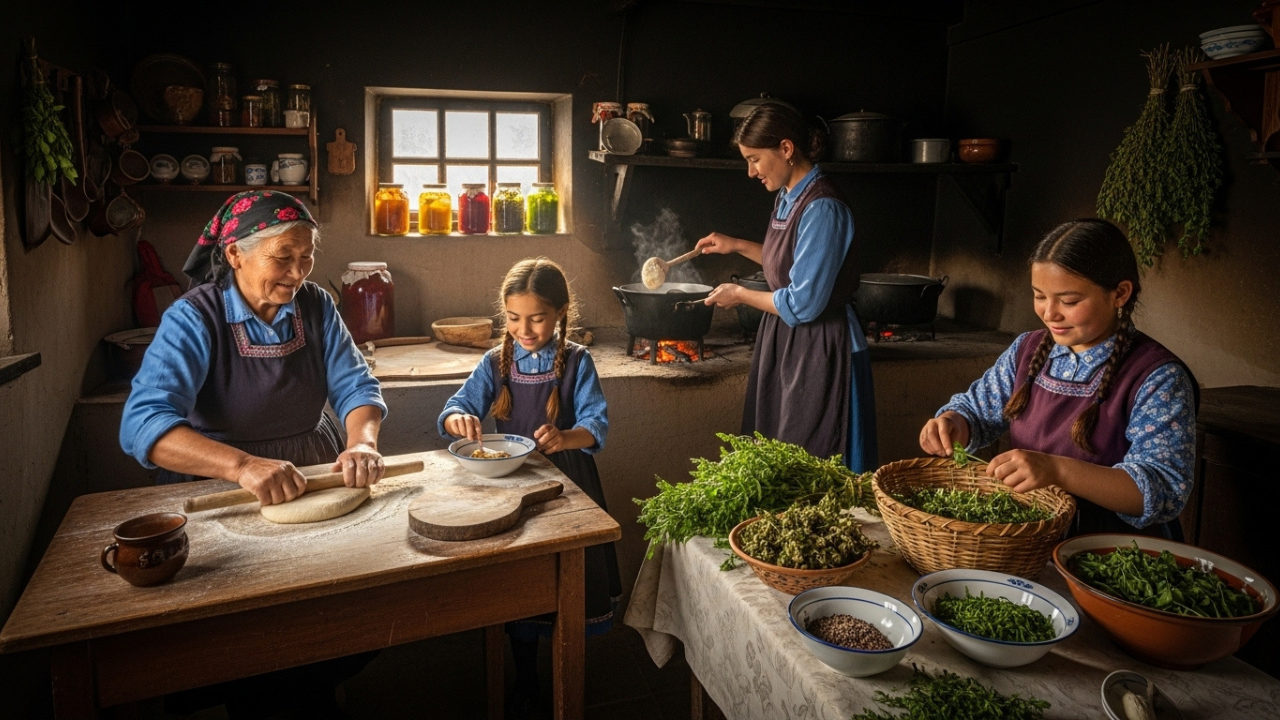

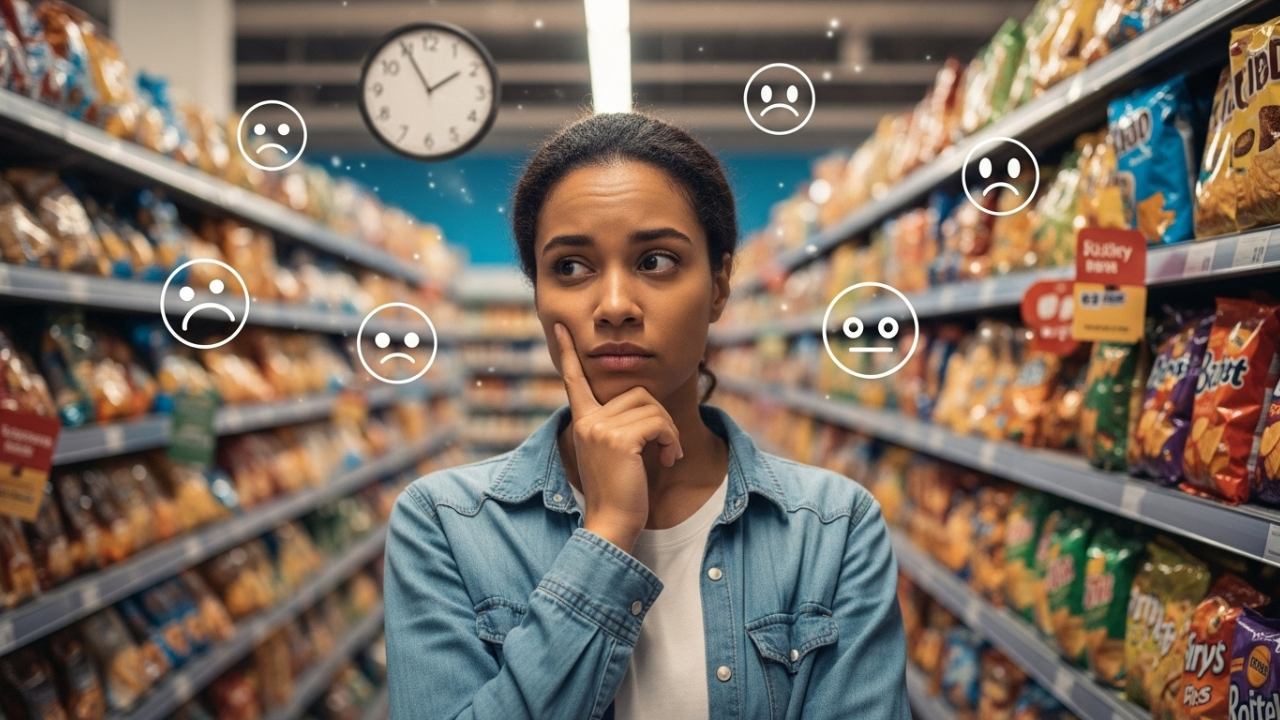

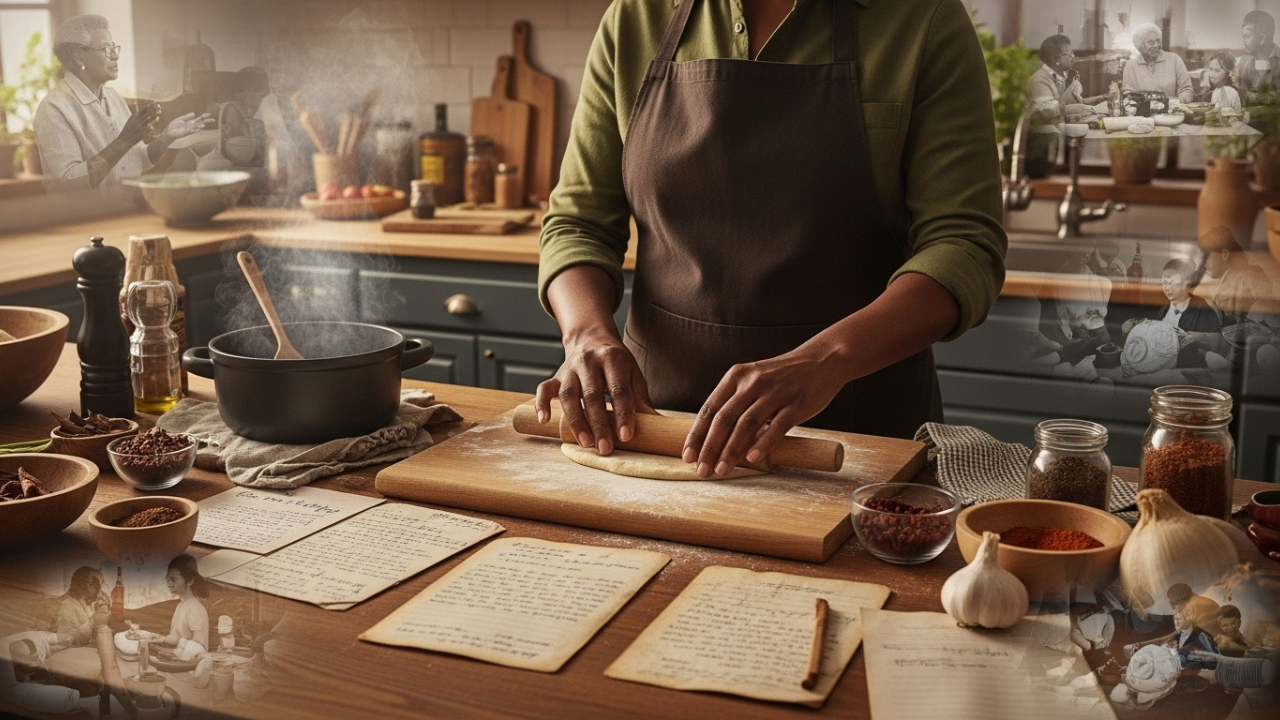
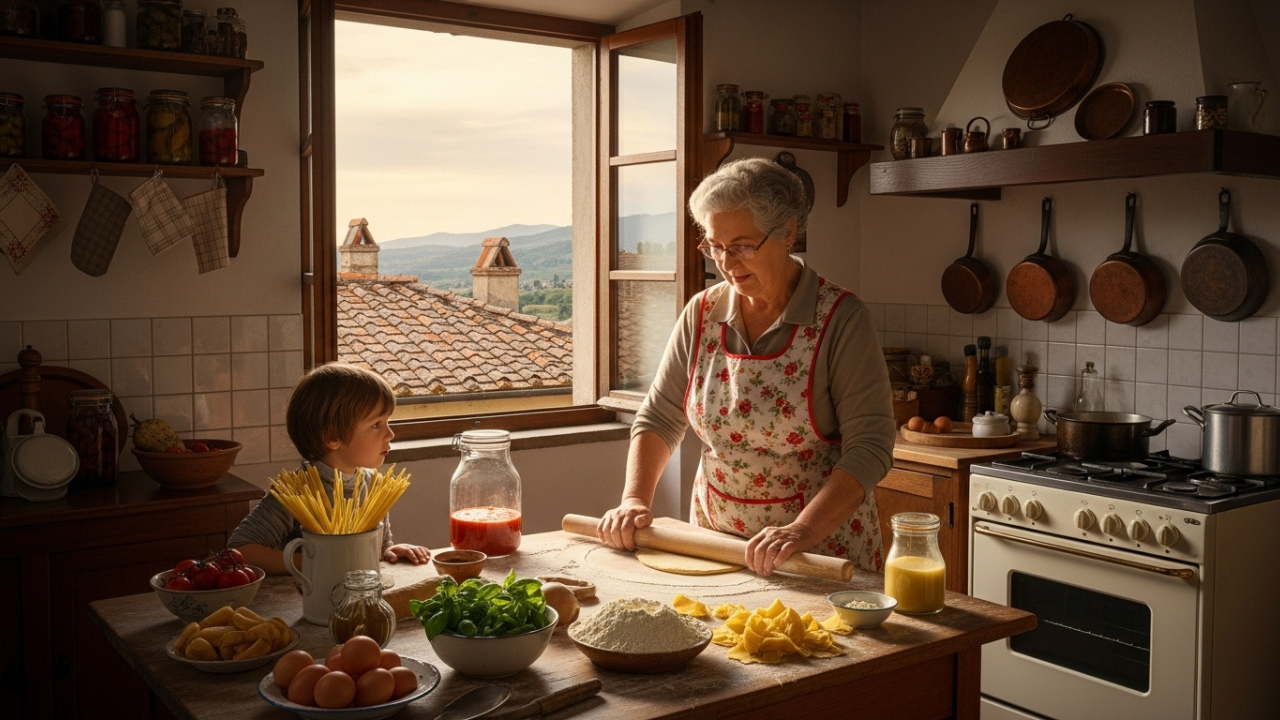




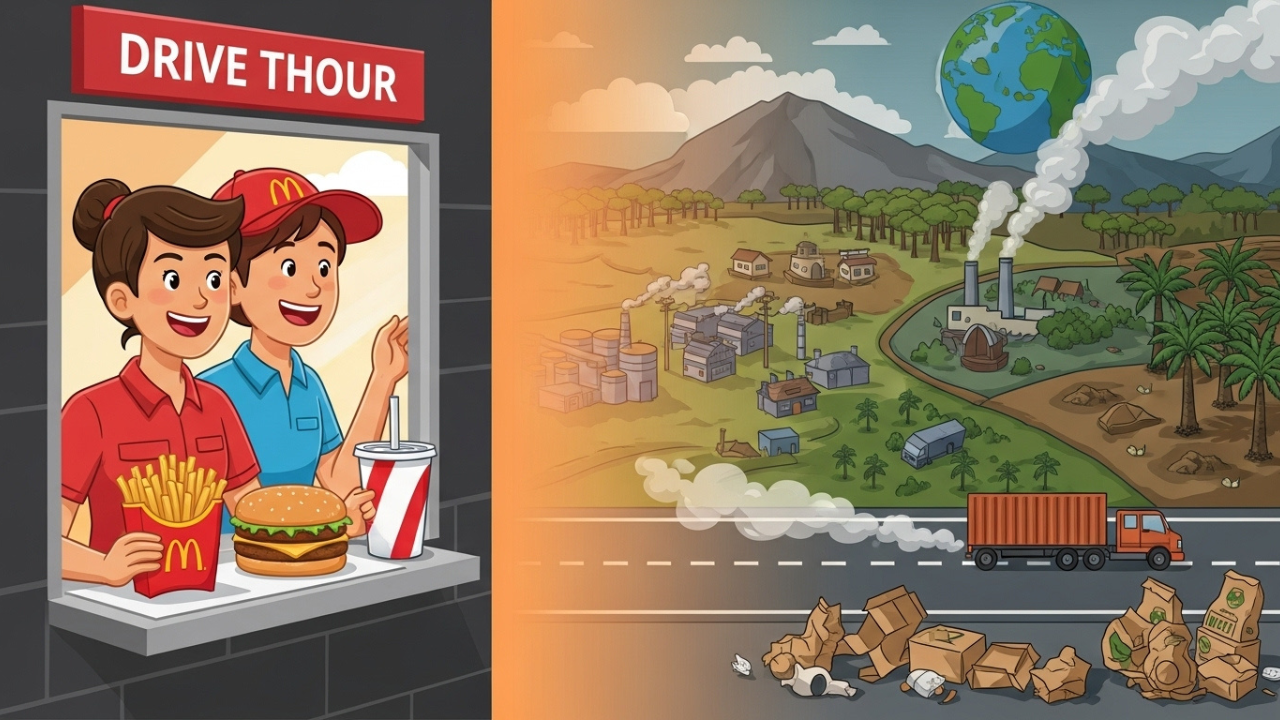
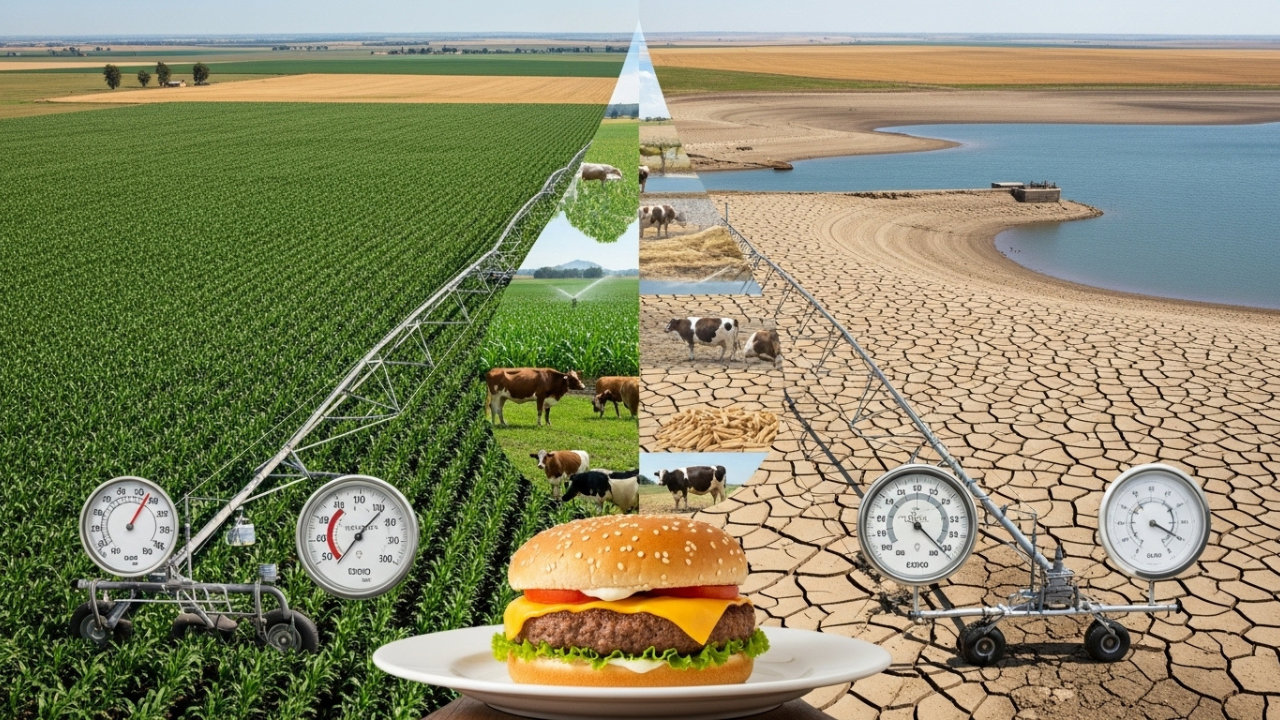
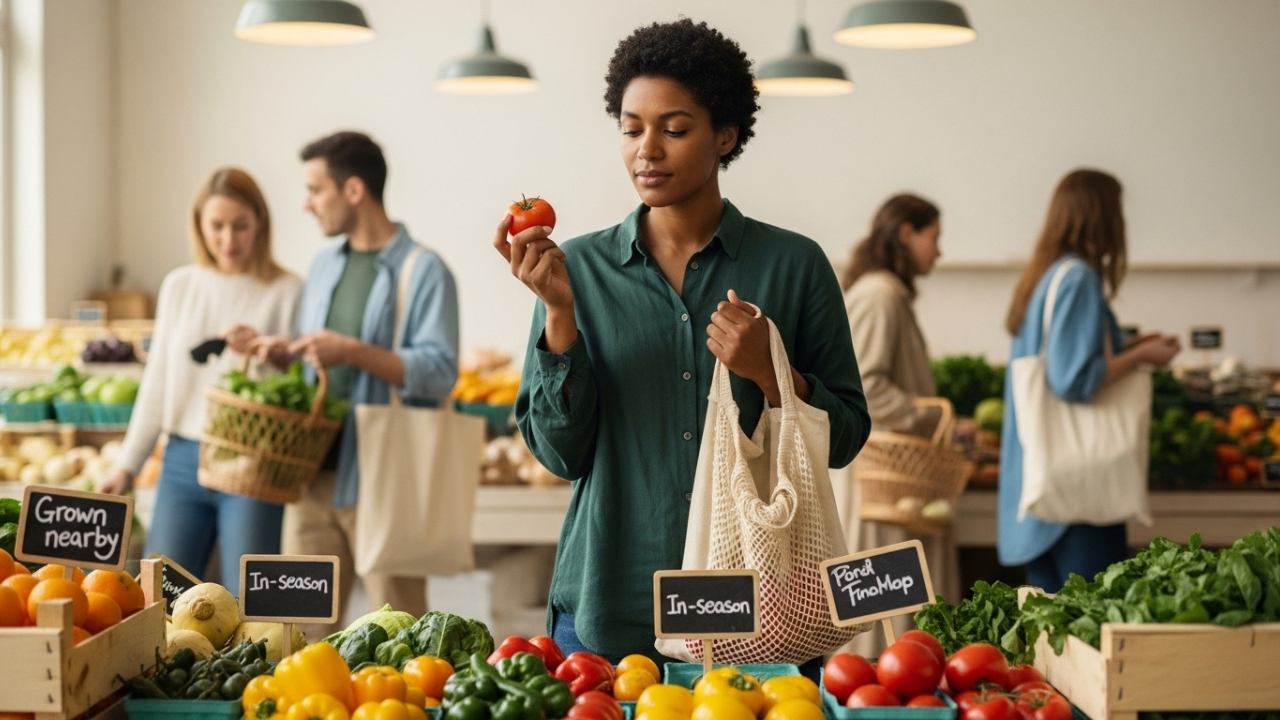
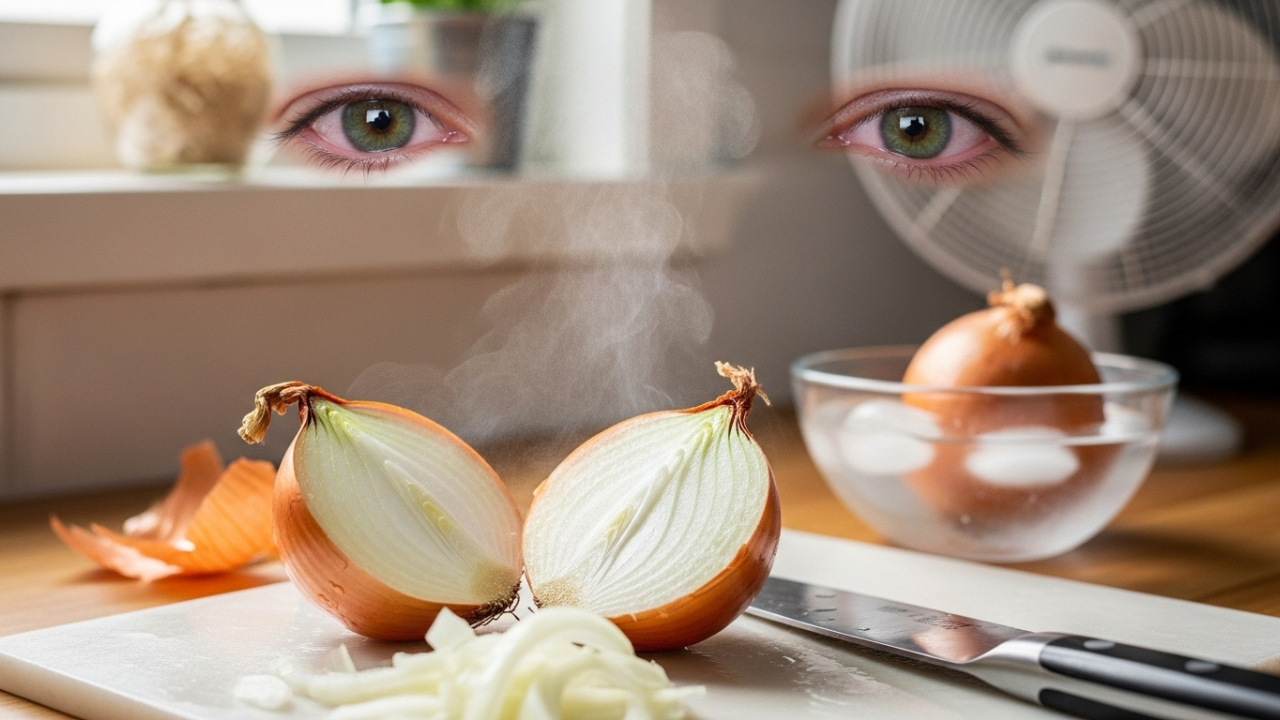


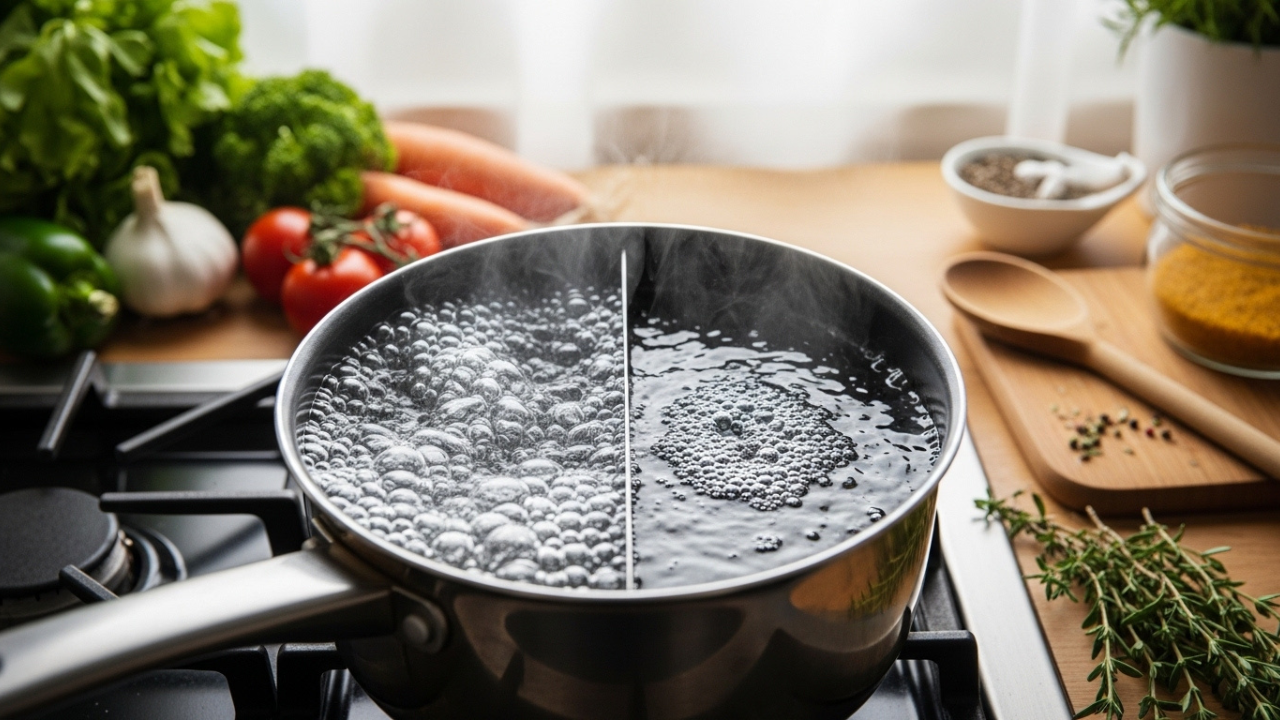

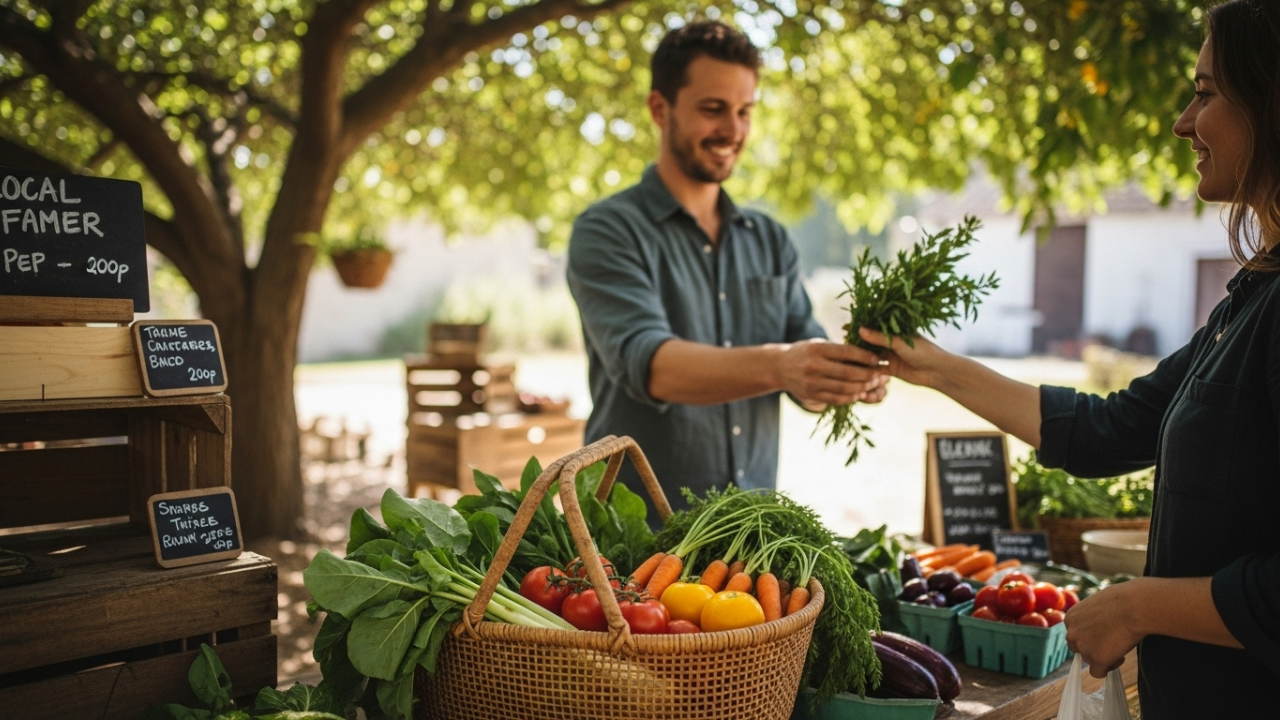

Leave a Reply